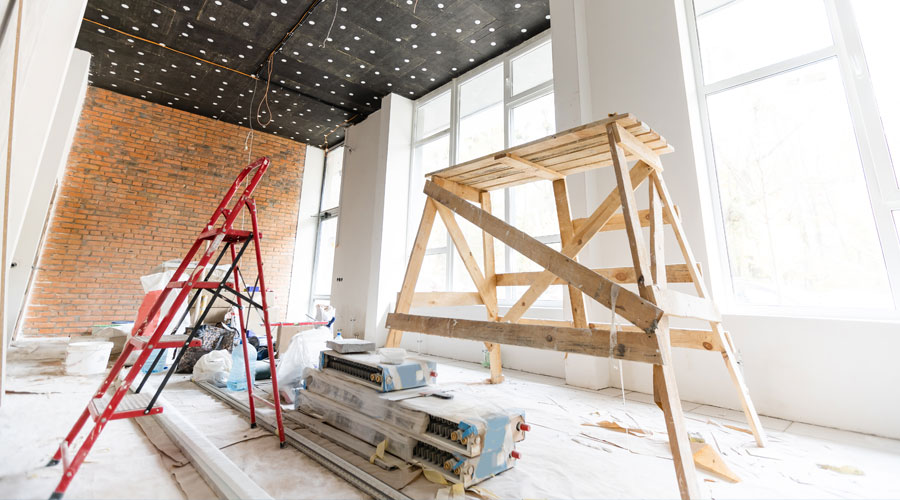As an employer in the construction industry, your role in preventing slips, trips, and falls is crucial. These accidents are all too common, with approximately 1 in 5 workplace injuries related to them. In the high-risk sector of construction, this statistic could be even higher. These injuries can lead to employee absences, impacting productivity and construction project deadlines. It’s your responsibility to protect the health and well-being of your employees under health and safety legislation, making the prevention of these accidents vital to aid compliance.
Employers should consider the following tips to avoid these types of accidents:
- Conduct robust risk assessments. One of the most effective ways to enhance workplace safety is to conduct robust risk assessments. As an employer, it’s your responsibility to conduct a pre-job inspection that thoroughly identifies and reduces the risks from site hazards—including slips, trips, and falls. This is essential to ensure the protection of workers, contractors, and members of the public during construction projects.
- Incorporate strict workplace controls. Employers should scrutinize risk assessment findings and implement robust workplace controls to mitigate any hazards identified. Controls could include:
- Installing guardrails in areas prone to falls.
- Improving lighting in walkways with uneven surfaces.
- Utilizing warning signs.
- Employ good housekeeping. Construction sites must be kept clean and tidy. Walkways should be free of debris and trailing cables. To assist with housekeeping, designated areas for waste materials (e.g., outdoor skips) should be provided so materials don’t gather.
- Utilize personal protective equipment (PPE). Employees should wear non-slip safety shoes or boots to reduce the likelihood of slips. Additional PPE, such as hard hats, can be leveraged to minimize injuries should a fall occur.
- Consider weather conditions. Employers should consider implementing additional measures when weather conditions are poor. For example, employers could stipulate that employees work under covered areas in wet weather.
Slips, trips and falls are common in the construction industry, making robust risk mitigation measures critical. Organizations can reduce the likelihood of workplace injuries and compliance issues by conducting stringent housekeeping, encouraging the use of PPE and educating workers on how to stay safe on the job.
For more information on risk management or to find out how to reduce your insurance costs call CMB at 780.424.2727 or click here to get a quote.

